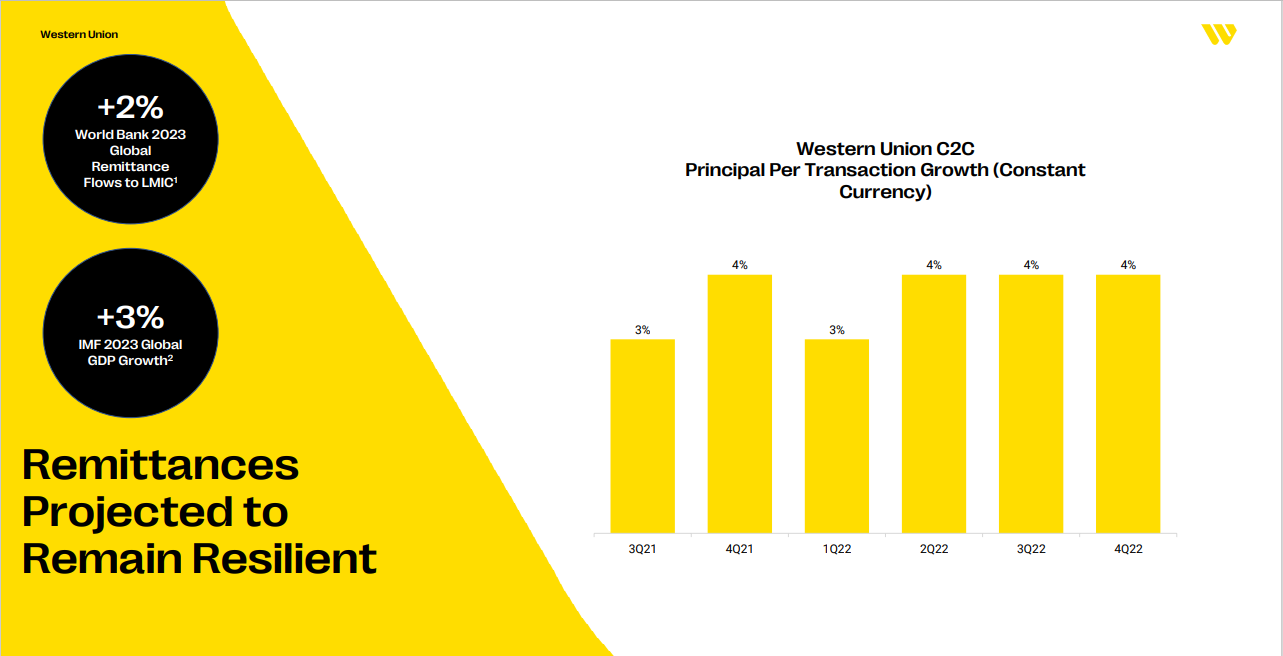
If you are new to forex, there are many things you should know before beginning to day trade. This article will address everything from Intraday Strategy Training to figuring which Currency pairs you can trade with a little money. It will also touch on trading fees and spreads and how to create a risk management plan. The article will give you an in-depth understanding of day trades. By following these simple tips, you can be confident in your abilities to make money on the forex market.
Training in intraday strategy
It takes discipline to learn forex day trading strategies. Forex traders must keep an eye on technical indicators and market sentiment in order to spot opportunities and predict price changes. A small number of chips can help you make a lot, but there are also a lot more risks involved. Intraday trading is about monitoring prices without relying on emotions. This article will provide you with some helpful tips and tricks to help you succeed.
Before you can start forex trading, you need to know your risk tolerance. Your trading decisions will be greatly affected by your risk tolerance. Based on your risk tolerance, a trading strategy will be chosen that suits your needs. As such, trading strategies that are short-term can be more risky and require more trades than long-term. To minimize risk, backtesting and trading simulators are ideal for practicing new strategies.

Currency pairs that can be traded with very little money
The US dollar and Swiss Franc are a great currency pair for beginners. While Switzerland is not a large economy, it is a popular trading pair because of the Swiss franc's stable government and financial system during times of economic uncertainty. While this pair is not as liquid than the major currency pairs it is still very popular among traders. However, if you have only a small amount of money to invest, this pair might not be the best choice for you.
The US dollar (USD) and the Japanese yen (JYN) are two other pairs that have low volatility and high liquidity. The yen and the US dollar are frequently traded on the Asian market. The Bank of Japan and US Federal Reserve determine the exchange rate of these currencies. The export value from Australia is also a factor that influences the price of these currencies. It is easier to pick the right pair than most currency pairs. This will make trading much more enjoyable.
Spreads and trading fees
Day traders often purchase options, stocks and futures in the stock markets. Other instruments include currency and commodities, as well as interest rates and stock market futures. Some day traders use an intra-day technique called scalping to trade on and off at set points during the day. They receive a commission determined by the difference in ask and bid prices. These fees can greatly reduce the returns you receive.
Day trading comes with high transaction fees. These costs include trading commissions, fees, and taxes. To purchase or sell security, you must pay these fees. These fees are part of day trading. Day traders need to take the time and research all information before they invest. It is clear that day trading costs are higher than many investors believe.

Create a risk management strategy
For day trading forex, you need to know your goals and calculate them. A realistic goal will help you avoid frustration, and it will make trading easier. You can also break down your goals in smaller pieces to make it easier and more manageable. A risk management strategy can be used to minimize your losses and maximize your profits. Once you've determined your goals, it is possible to develop a plan that will help you achieve them.
A risk management strategy is essential for Forex day trading success. It is important to have a profitable trading strategy. However, too much risk can reduce the system's value. Risk management strategies can help you reduce your overall risk exposure while maximizing your trading profits. Our risk management PDF is highly recommended. It explains the process clearly and helps you to reduce your overall risk exposure.
FAQ
What is security on the stock market?
Security is an asset which generates income for its owners. The most common type of security is shares in companies.
There are many types of securities that a company can issue, such as common stocks, preferred stocks and bonds.
The value of a share depends on the earnings per share (EPS) and dividends the company pays.
When you buy a share, you own part of the business and have a claim on future profits. You receive money from the company if the dividend is paid.
Your shares can be sold at any time.
Why is it important to have marketable securities?
An investment company's primary purpose is to earn income from investments. It does this by investing its assets in various types of financial instruments such as stocks, bonds, and other securities. These securities are attractive to investors because of their unique characteristics. These securities may be considered safe as they are backed fully by the faith and credit of their issuer. They pay dividends, interest or both and offer growth potential and/or tax advantages.
Marketability is the most important characteristic of any security. This refers primarily to whether the security can be traded on a stock exchange. It is not possible to buy or sell securities that are not marketable. You must obtain them through a broker who charges you a commission.
Marketable securities include corporate bonds and government bonds, preferred stocks and common stocks, convertible debts, unit trusts and real estate investment trusts. Money market funds and exchange-traded money are also available.
These securities are a source of higher profits for investment companies than shares or equities.
What is a Stock Exchange?
Companies sell shares of their company on a stock market. This allows investors and others to buy shares in the company. The price of the share is set by the market. It usually depends on the amount of money people are willing and able to pay for the company.
The stock exchange also helps companies raise money from investors. Investors give money to help companies grow. Investors purchase shares in the company. Companies use their money for expansion and funding of their projects.
There can be many types of shares on a stock market. Some are known simply as ordinary shares. These are the most popular type of shares. Ordinary shares are traded in the open stock market. Prices of shares are determined based on supply and demande.
Preferred shares and debt security are two other types of shares. Preferred shares are given priority over other shares when dividends are paid. Debt securities are bonds issued by the company which must be repaid.
Statistics
- "If all of your money's in one stock, you could potentially lose 50% of it overnight," Moore says. (nerdwallet.com)
- The S&P 500 has grown about 10.5% per year since its establishment in the 1920s. (investopedia.com)
- Ratchet down that 10% if you don't yet have a healthy emergency fund and 10% to 15% of your income funneled into a retirement savings account. (nerdwallet.com)
- Individuals with very limited financial experience are either terrified by horror stories of average investors losing 50% of their portfolio value or are beguiled by "hot tips" that bear the promise of huge rewards but seldom pay off. (investopedia.com)
External Links
How To
How to Trade on the Stock Market
Stock trading involves the purchase and sale of stocks, bonds, commodities or currencies as well as derivatives. Trading is French for traiteur. This means that one buys and sellers. Traders trade securities to make money. They do this by buying and selling them. It is one of oldest forms of financial investing.
There are many methods to invest in stock markets. There are three types of investing: active (passive), and hybrid (active). Passive investors are passive investors and watch their investments grow. Actively traded investor look for profitable companies and try to profit from them. Hybrid investors use a combination of these two approaches.
Passive investing can be done by index funds that track large indices like S&P 500 and Dow Jones Industrial Average. This is a popular way to diversify your portfolio without taking on any risk. Just sit back and allow your investments to work for you.
Active investing involves selecting companies and studying their performance. Active investors will look at things such as earnings growth, return on equity, debt ratios, P/E ratio, cash flow, book value, dividend payout, management team, share price history, etc. Then they decide whether to purchase shares in the company or not. If they feel the company is undervalued they will purchase shares in the hope that the price rises. On the other hand, if they think the company is overvalued, they will wait until the price drops before purchasing the stock.
Hybrid investing is a combination of passive and active investing. You might choose a fund that tracks multiple stocks but also wish to pick several companies. In this scenario, part of your portfolio would be put into a passively-managed fund, while the other part would go into a collection actively managed funds.